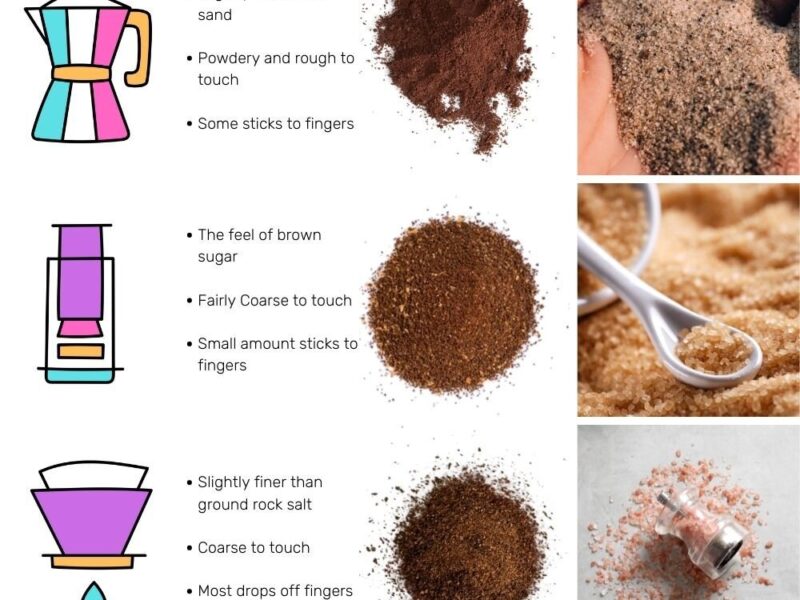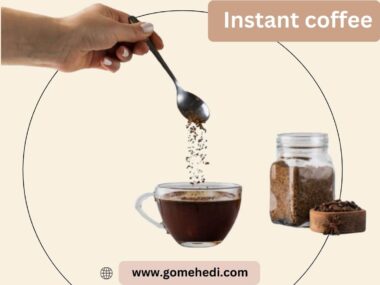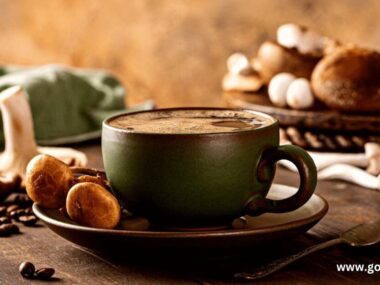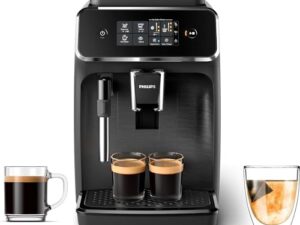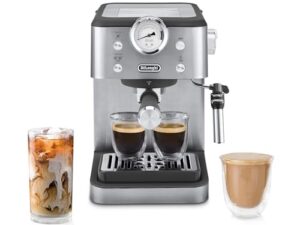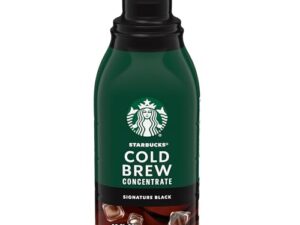If you want the perfect cup of pour over coffee, grinding your beans just right is the secret. You might think any grind will do, but the size and consistency of your coffee grounds make all the difference.
Getting this step wrong can leave your coffee bitter or weak. You’ll learn exactly how to grind coffee for pour over, so every sip tastes smooth, rich, and full of flavor. Keep reading, and you’ll discover simple tips that will transform your morning routine.

Credit: goat-story.com
Choosing The Right Coffee Beans
Choosing the right coffee beans is important for a great pour over experience. The beans affect the flavor, aroma, and overall quality of your coffee. Picking fresh, suitable beans helps you enjoy a clean and tasty cup every time.
Selecting Fresh Beans
Fresh coffee beans have the best flavor. Look for beans roasted within the last two weeks. Avoid beans that sit on shelves for months. Use airtight containers to keep beans fresh longer. Freshness means richer taste and better aroma.
Single Origin Vs Blends
Single origin beans come from one place. They offer unique flavors from specific regions. Blends mix beans from different places. They create balanced and consistent flavors. Choose single origin for distinct taste. Pick blends for smooth and mild coffee.
Roast Levels For Pour Over
Light roasts work well for pour over. They keep more of the bean’s original flavors. Medium roasts add some sweetness and body. Dark roasts can taste bitter and strong. Choose roast level based on your flavor preference.

Credit: proyectosvalencia.com
Essential Grinding Equipment
Grinding coffee properly is key to making great pour over coffee. The right equipment helps control the grind size and consistency. This affects the flavor and aroma of your coffee. Choosing the right grinder depends on your budget, style, and needs.
Burr Grinders Vs Blade Grinders
Burr grinders crush coffee beans between two abrasive surfaces. This creates a uniform grind size. Uniform grounds lead to better extraction and taste.
Blade grinders chop beans with a spinning blade. This gives uneven grind sizes. Some pieces are fine, others coarse. Uneven grounds cause inconsistent brewing.
Burr grinders are best for pour over coffee. They provide control and consistency. Blade grinders are cheaper but less precise.
Manual Vs Electric Grinders
Manual grinders use hand power to grind beans. They are quiet and portable. Manual grinding takes more effort and time.
Electric grinders use a motor to grind quickly. They are easy and fast. Electric grinders can produce heat that affects taste.
Manual grinders suit small amounts and travel. Electric grinders fit daily home use and bigger batches.
Maintenance Tips
Clean your grinder regularly to keep it working well. Remove old coffee grounds after each use.
Use a soft brush to clean burrs or blades. Avoid water on electric parts to prevent damage.
Check burrs for wear and replace if dull. Proper care improves grind quality and grinder life.
Grind Size And Its Impact
Grind size plays a big role in making great pour over coffee. It affects the flavor, strength, and balance of your brew. Choosing the right grind size helps you get the best taste from your coffee beans.
Small changes in grind size can change how fast water flows through the grounds. This changes how much flavor the water extracts. Learning about grind size helps you make better coffee every time.
Why Grind Size Matters
Grind size controls the surface area of coffee exposed to water. Finer grinds have more surface area, so water extracts flavors quickly. Coarser grinds extract slower and produce different flavors.
If the grind is too fine, coffee can taste bitter. If too coarse, coffee can taste weak or sour. The right grind size balances extraction and flavor.
Ideal Grind Size For Pour Over
Pour over coffee uses a medium to medium-fine grind size. It looks like sand but not too powdery. This size allows water to flow steadily, making a clean and bright cup.
Too fine can clog the filter and slow brewing. Too coarse lets water flow too fast, making coffee weak. Medium grind gives control over the brewing process.
Adjusting Grind For Brew Time
Brew time changes with grind size. A finer grind slows water flow and increases brew time. A coarser grind speeds up flow and shortens brew time.
For longer brew times, try a coarser grind. For shorter brew times, try a finer grind. Adjust grind size to match your preferred brew time and taste.
Step-by-step Grinding Process
Grinding coffee for pour over requires care and precision. The right grind size impacts flavor and extraction. Follow these clear steps to get the best results. Each step matters to create a smooth, balanced cup.
Measuring Coffee Beans
Start by weighing your coffee beans. Use a kitchen scale for accuracy. A typical amount is 15 to 18 grams per cup. Measuring helps maintain consistency in taste. Avoid guessing or using too much coffee.
Setting The Grinder
Select the right grind size on your grinder. For pour over, a medium-fine grind works best. It should feel like fine sand. Adjust the setting based on your brewer and coffee type. Test small amounts to find the perfect texture.
Grinding Techniques
Use a steady, even motion when grinding. Avoid pressing too hard or grinding too fast. Let the grinder do the work. Keep the beans moving for uniform particle size. Consistency here improves the flavor and brewing process.
Troubleshooting Common Issues
Grinding coffee for pour over can be tricky. Small mistakes affect the taste and brewing process. Understanding common issues helps fix problems quickly. This section covers typical troubles and easy solutions. Keep your coffee fresh and tasty every time.
Too Fine Or Too Coarse
Grind size is very important. Too fine grind blocks water flow. This causes bitter, over-extracted coffee. Too coarse grind lets water pass fast. The result is weak and sour coffee. Adjust your grinder to get a medium-fine texture. The grind should feel like sand, not powder or gravel.
Inconsistent Grind Size
Uneven grind size makes brewing unpredictable. Some particles brew fast, others slow. The coffee tastes uneven or flat. Check your grinder burrs for wear or damage. Clean the grinder regularly to remove old grounds. Use a quality burr grinder for steady results. Consistent grind size means balanced flavor in every cup.
Overheating And Static
Grinding too fast can heat the beans. Heat changes the coffee flavor, causing bitterness. Slow down your grinding speed to avoid heat. Static makes coffee grounds stick to the grinder and counter. It wastes coffee and causes mess. Use a damp cloth to wipe surfaces often. A small fan or anti-static spray can help reduce static.
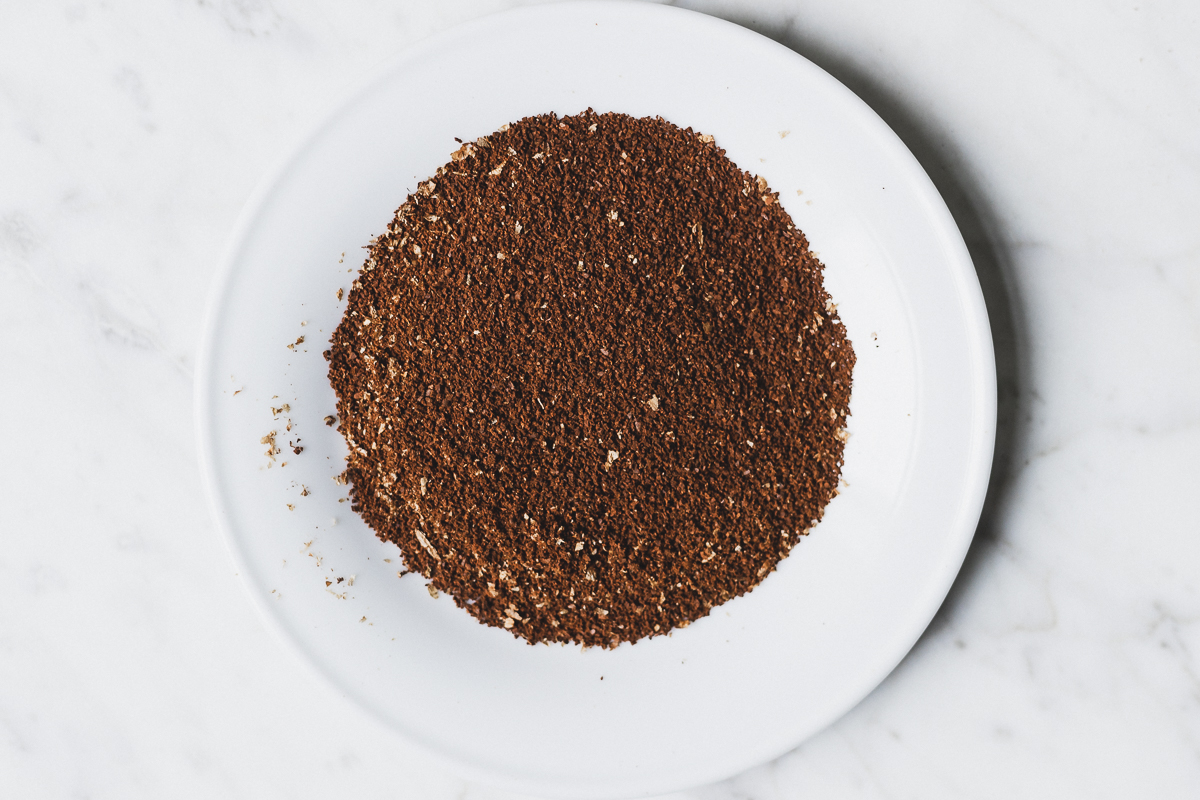
Credit: prima-coffee.com
Tips To Enhance Flavor
Enhancing the flavor of your pour over coffee starts with the right grind. Small changes in how you grind can make a big difference. Follow these tips to bring out the best taste from your beans.
Paying attention to timing, storage, and grind size helps you enjoy a richer cup every time.
Grinding Just Before Brewing
Grind your coffee beans right before brewing. Freshly ground coffee keeps more aroma and flavor. Ground coffee loses taste quickly when exposed to air. Grinding just before pouring water helps keep the coffee bright and fresh.
Storing Ground Coffee
Store ground coffee in an airtight container. Keep it in a cool, dark place away from heat and light. Avoid storing coffee in the fridge or freezer, as moisture can spoil the flavor. Proper storage slows down flavor loss and keeps coffee tasty longer.
Experimenting With Grind Adjustments
Try changing the grind size to find your perfect taste. A coarser grind can produce a lighter, cleaner cup. A finer grind may give a stronger, richer flavor. Adjust the grind in small steps and taste the difference each time. This helps you discover the best flavor for your pour over.
Frequently Asked Questions
What Grind Size Is Best For Pour Over Coffee?
A medium to medium-fine grind works best for pour over. It allows optimal extraction and balanced flavor. Too coarse or too fine grind affects brewing time and taste.
How Does Grind Size Affect Pour Over Flavor?
Grind size controls extraction speed. Finer grinds extract faster and yield stronger flavors. Coarser grinds brew slower and taste lighter. Correct grind size ensures a smooth, balanced cup.
Should I Use A Burr Or Blade Grinder?
A burr grinder is preferred for pour over. It produces consistent grind size for even extraction. Blade grinders create uneven particles that can cause over or under extraction.
How Often Should I Grind Coffee For Pour Over?
Grind coffee just before brewing. Freshly ground coffee preserves aroma and flavor. Avoid grinding in advance to prevent staleness and loss of essential oils.
Conclusion
Grinding coffee for pour over is simple with the right steps. Use a medium to coarse grind for best results. Keep your grind size consistent to avoid bitter or weak coffee. Freshly ground beans make a big difference in taste.
Adjust grind size based on your brew time and flavor preference. Practice a little, and you will improve quickly. Enjoy the rich, smooth flavor of your perfect pour over coffee every time.
